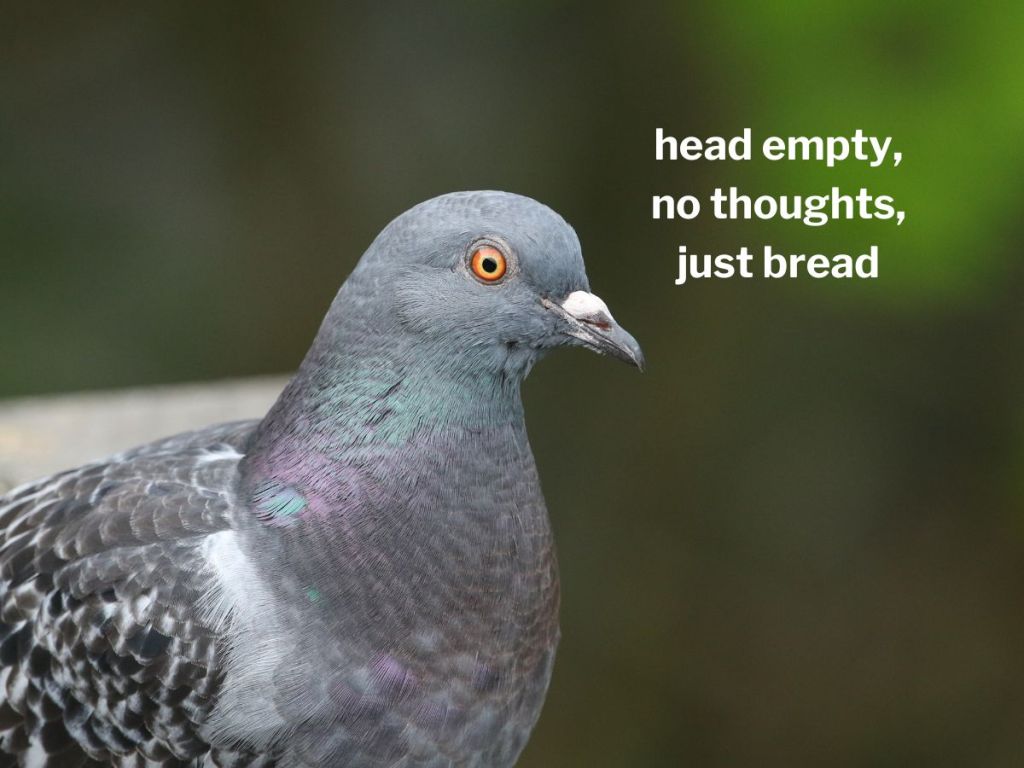
“Bird Brain” Pigeons Actually Think The Same Way As Some AI Systems
1 min read
Disclaimer
This article is for general information purposes only and isn’t intended to be financial product advice. You should always obtain your own independent advice before making any financial decisions. The Chainsaw and its contributors aren’t liable for any decisions based on this content.




